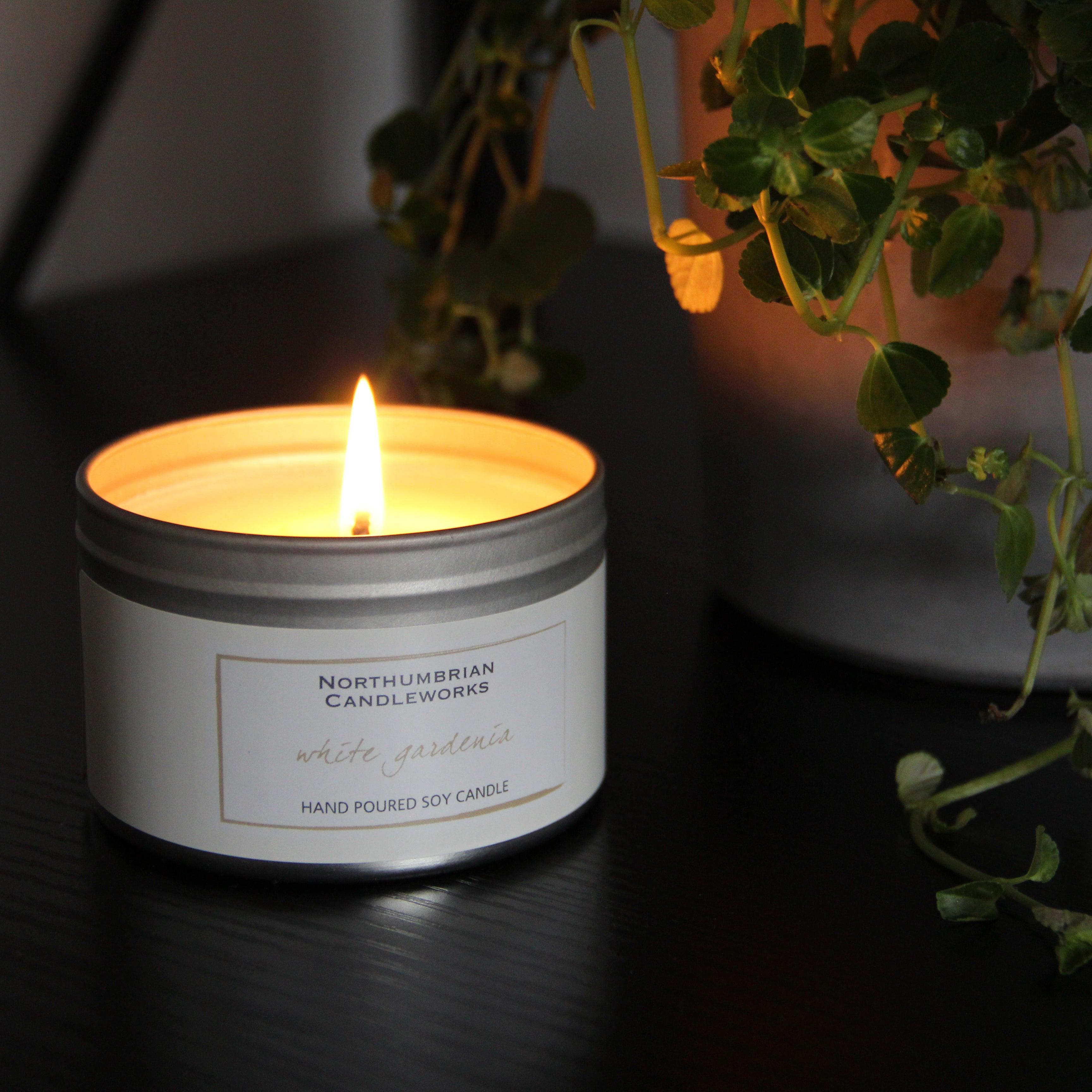Shop Sustainable Soy Wax Candles and Home Fragrance Collections
Shop Sustainable Soy Wax Candles and Home Fragrance Collections
Blog Article
From Wick to Wax: Comprehending the Chemistry Behind Soy Wax Candles and Their Ecological Impact
As we illuminate our spaces with the warm glow of candles, there exists a realm of complex chemistry behind the apparently easy act of lighting a soy wax candle light. The option in between soy and paraffin wax prolongs past simple appearances, delving into the realm of environmental influence and the very make-up of the materials. Comprehending the molecular structure of soy wax and its burning process clarifies the exhausts launched right into our environments. Join us as we unravel the clinical details behind soy wax candles and discover their effects on our atmosphere.
Soy Wax Vs. Paraffin Wax
When contrasting soy wax and paraffin wax for candle light production, it is necessary to comprehend the unique qualities and benefits of each product. Soy wax is a natural, renewable energy originated from soybean oil, making it eco-friendly and eco-friendly - soy wax candles. In contrast, paraffin wax is a byproduct of petroleum refining, which elevates worries regarding its ecological influence and sustainability
Soy wax candle lights burn cleaner and send out much less soot compared to paraffin wax candle lights, making them a healthier option for interior air high quality. Furthermore, soy wax has a reduced melting factor, permitting a longer-lasting candle light that disperses fragrance more properly. Paraffin wax, on the various other hand, has a tendency to burn faster and less cleanly, potentially launching unsafe chemicals into the air.
From a sustainability viewpoint, soy wax is favored for its biodegradability and renewable sourcing, aligning with the growing consumer preference for ecologically aware items. While paraffin wax has actually been a standard selection in candle making as a result of its affordability and simplicity of usage, the shift towards green alternatives like soy wax is acquiring energy in the sector.
Chemical Composition of Soy Wax

Combustion Refine in Soy Candles
The chemical structure of soy wax directly influences the combustion process in soy candle lights, affecting factors such as burn time, scent launch, and ecological effect. When a soy candle is lit, the heat from the flame melts the wax near the wick. This liquid wax is then formulated the wick as a result of capillary action. As the fluid wax reaches the go to my blog flame, it evaporates and goes through combustion. The combustion process involves the vaporized hydrocarbons in the wax responding with oxygen in the air to create heat, light, water vapor, and carbon dioxide.
The burning efficiency of soy candle lights is influenced by the pureness of the soy wax and the top quality of the wick. Furthermore, soy wax candles have a reduced environmental effect contrasted to paraffin candles due to their naturally degradable and sustainable nature.

Environmental Advantages of Soy Wax

Thought about a lasting option to conventional paraffin wax, soy wax offers significant environmental benefits that make it a preferred choice amongst eco-conscious consumers. Soy wax burns cleaner and generates less residue than paraffin wax, contributing to far better indoor air high quality and lowering the requirement for cleansing and maintenance. Generally, the environmental advantages of soy wax straighten with the expanding demand for lasting and green products in Read Full Article the market.
Recycling and Disposal Considerations
Recycling and appropriate disposal of soy wax candles play a vital function in maintaining environmental sustainability and lowering waste in communities and houses. When it comes to recycling soy wax candles, the very first action is to make certain that the candle light has actually shed totally.

In terms of disposal, if recycling is not a choice, soy wax candle lights are eco-friendly and can be securely taken care of in many home waste systems. However, it is constantly advised to examine with neighborhood recycling facilities or waste management solutions for certain guidelines on candle light disposal to ensure correct handling and environmental management.
Verdict
In conclusion, the chemistry behind soy wax candle lights discloses their environmental benefits over paraffin wax candles. Soy wax, acquired from soybean oil, burns cleaner and creates less residue when contrasted to paraffin wax.
When comparing soy wax and paraffin wax for candle making, it is essential to recognize the distinctive features and benefits of each product (home fragrance).Soy wax candles burn cleaner and discharge much less soot compared to paraffin wax candles, making them a healthier option for interior air top quality.Considered a sustainable option to typical paraffin wax, soy wax offers noteworthy environmental benefits that make it a prominent selection among eco-conscious customers. Soy wax burns cleaner and produces much less residue than paraffin wax, contributing to much better interior air top quality and decreasing the need for cleaning and maintenance.In final thought, the chemistry behind soy wax candles exposes their environmental advantages over paraffin wax candles
Report this page